1. How do I create a custom itinerary?
2. How do I book the trip?
3. How do I pay for the trip?
To book our trip, please select your preferred trip and click on ” Book this trip” on the web page. Our standard payment policy is to ask for a 30% deposit of the package value at the time we send you the final confirmation and the booking code for your trip. The balance of the total package tour price should be paid at least 21 days (twenty-one days) before starting date of the trip.
4. Are there any hidden cost you do not mention? What about tipping?
To book our trip, please select your preferred trip and click on ” Book this trip” on the web page. Our booking form. No, all inclusions and exclusions are mentioned at our final confirmation for your trip. Generally, tipping is not compulsory. If you are satisfied with your guides, drivers, a small gratuity is an appropriate way in which to show appreciation to them.
5. Who is my guide?
We have a strong and multilingual guide team coming from all regions of the country. They are chosen for their professionalism, rich knowledge, commitment, personal ties with the country and region and ability to inspire and communicate with you. They will be your dedicated friends during and after your trip. Many of our customers still exchange email with them long after their trip.
6. What about transportation?
We try our best to provide you safe and comfortable means of transportation. You can find information on meals, transportation, etc. in the “How we travel” section following the detail itinerary of each tour.
7. What is the best time to travel in Thailand?
The best climate is between November and March since Thailand is not quite so hot as the rest of the year. In April, May, and June, it can get very hot. The raining season lasts from July to October but the rainiest time of the year is September and October. There are significant variations in the weather in different parts of Thailand. In high tourist season from November to March, flights and accommodation are more expensive, and popular places are likely to be booked out quickly. Peak times are at Christmas, New Year and the Thai new year (mid-April).
8. What is the time difference?
Thailand is twelve hours ahead of New York and seven hours ahead of London, one hour behind Perth and three hours behind Sydney.
9. How much time should I plan to visit Thailand?
Depending on what you intend to see. The suggested time for visiting major sights of Bangkok is a couple of days, but seeing everything in Bangkok and nearby may take a week or more. To visit Bangkok, Chiang Mai and also a beach resort in southern Thailand you need to plan two weeks.
10. What’s it like the rainy season?
The downpours are not continuous throughout the day, but normally come in the late afternoon and early evening. They are heavy but relatively brief, lasting only an hour or so. The heavy rain for days on end is rare in Thailand. In the early part of the rainy season (July – August), the rains are hardly a problem but it’s more so later on (September and October). The weather is still hot during this reason so don’t bother with any raincoat since it will just make you feel sticky. If you need something, a small umbrella is a better option – either take it with you or buy it over there.
During the rainy season , the scenery is green rather than brown, and the waterfalls, rice fields and plants are much more impressive. At this time , there are less tourist so you can get cheaper prices for hotel and transport.
11. Do I need to bring the mosquito net and sleeping bag?
Definitely, a sleeping bag is necessary for adventure trips like walking, rafting and biking in the north during the cool season. Elsewhere, the weather is much warmer and so you don’t need one. In addition, a mosquito net may be worthwhile if you plan to stay in a lot of budget accommodation in remote areas, but many places will provide their own. Both of sleeping bag and mosquito can be bought in Thailand as they are available cheaply there. You should bring some mosquito repellent though, which is much better bought abroad than in Thailand.
12. How can I get the visa to enter Thailand?
The immigration regulation of Thailand allows the citizen of below countries to obtain a 30-day visa on arrival at the entry gate.
| Algeria | France | Morocco | South Korea | ||
| Argentina | Germany | Myanmar | Spain | ||
| Australia | Greece | Netherlands | Sweden | ||
| Austria | Iceland | New Zealand | Switzerland | ||
| Bahrain | Indonesia | Norway | Tunisia | ||
| Belgium | Ireland | Oman | Turkey | ||
| Brazil | Israel | Papua New Guinea | United ArabEmirates | ||
| Brunei | Italy | Philippines | United Kingdom | ||
| Canada | Japan | Portugal | U.S.A | ||
| Denmark | Kenya | Saudi Arabia | Vanuatu | ||
| Djibouti | Kuwait | Senegal | Western Samoa | ||
| Egypt | Luxembourg | Singapore | Yemen | ||
| Finland | Malaysia | Slovenia | Brunei | ||
| Fiji | Mexico | South Africa |
13. How can I extend my visa?
The visas extension can be done at any Immigration office. In Bangkok, this is on Soi Suan Phlu, off Sathorn road. The on-arrival visa can be extended for 10 days, the tourist visa by up to a month. It normally takes under an hour and costs 500B. Extensions are given at the discretion of the immigration officer and there’s no guarantee you’ll get one – Dress smartly, smile a lot and be polite while you are there to get the best results.
Alternatively, just cross a border out of Thailand and re-enter to get another on-arrival visa. There is no limit to the number of times this can be done, it is free and will give you another 30 days. The most common places for doing this are Penang in Malaysia, Mae Sai on the Burmese border, Vientiane in Laos and Poipet in Cambodia. Malaysia is furthest from Bangkok but is the only one that does not require a visa to enter.
14. How can I get into Laos from Thailand?
There are three entry points to Laos from Thailand, first one at Chiang Khong, second at Nong Khai and last one at Chong Mek. The most frequent border crossing Nong Khai since it is quite easy to travel by either overnight trains and buses from Bangkok to this point. You then have to get a bus to the Friendship bridge spanning the Mekong River which is also served as a border between Thailand and Laos. At entry point to Laos, you can get a visa at cost of US$30.
15. Can I travel overland between Thailand and Myanmar?
There is possible to enter into Burma for day trips or slightly longer overland from Thailand, but not yet to continue on to Yangon, Mandalay etc…Day trips are possible at the Mae Sai / Tachilek border (north of Chiang Rai), Ranong and the Three Pagodas Pass (west of Kanchanaburi). These may be shut during periods of diplomatic unrest between Thailand and Myanmar, but are often reopened fairly quickly. You don’t need to obtain a visa in advance for these, but have to pay US$5 at Mae Sai and US$10 at the Three Pagodas Pass.
16. Can I travel overland between Thailand and Cambodia?
The main border crossing points between Thailand and Cambodia are at Aranya Pathet / Poipet, and at Trat / Koh Kong. There are frequent buses to the Thai border, and Cambodian buses then take you from the border to Phnom Penh, Siem Reap etc…The roads in Cambodia are in a very poor condition and can be impassable during the rainy season (August – November). Visas can be got at the Poipet and Koh Kong border crossings for US$20, and are valid for 30 days.
17. How should I bring money to Thailand?
The most popular way of bringing money to Thailand nowadays seems to be with traveller’s cheques and credit cards. ATM’s are everywhere in Bangkok, and widespread throughout Thailand. Cirrus/Maestro seems to be the most prevalent and is the best one to bring though Plus cards would also be fine. You may want to notify your bank before coming to Thailand, as some will automatically cancel your card after withdrawals from Bangkok as a fraud prevention method. Exchange rates are favorable if you get money out this way, but there seems to be a 10000B a day limit (this may vary depending on your bank/card – you may not be able to get this much out).
18. What beaches and islands are the best ones to go to?
The most developed beach resorts in Thailand are Pattaya and Phuket, which both receive millions of tourists every year. Phuket has some very nice beaches, but every year it is getting more and more crowded and is very expensive compared to almost anywhere else in Thailand. Pattaya is much cheaper but has a mediocre beach and dirty water. Most visitors here come for the bars, discos, and prostitutes for which Pattaya is internationally famous/infamous. Phuket’s Patong beach seems to be rapidly developing into a mini Pattaya. Due to the number of tourists there, both have developed into very good areas for all kind of watersports.
Ko Samui is another international beach resort, but is still quieter than Phuket – this is probably the best place for a family beach holiday. Chaweng is the best and most developed beach, and there is plenty of nightlife though not on the scale of Patong beach on Phuket. North of here is the backpacker dominated Ko Pha-Ngan, which is mostly pretty quiet and with only cheap bungalows for accommodation. Hat Rin beach is the exception, with plenty of bars and restaurants and the monthly Full Moon party. Further north still is Ko Tao, which is popular with tourists but still remains quite quiet. This is a very scuba diving orientated island, and it’s not really worth going if you’re not planning on diving or snorkeling.
Ko Phi Phi – where ‘The Beach’ movie was filmed – is also noisy and very developed. Though it is a beautiful island, a lot of people seem to come away disappointed with the high prices and the pollution that there is. It is another very good place for scuba diving and snorkeling, though.
The beaches in Krabi province (Rai Leh and Ao Phra Nang) are very nice and are becoming almost as developed as Ko Phi Phi – a lot of backpackers stop here and at Ko Lanta 30km to the south.


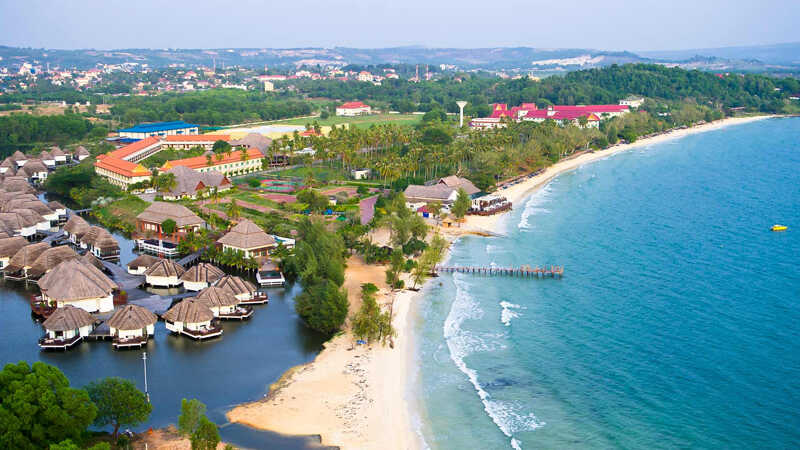

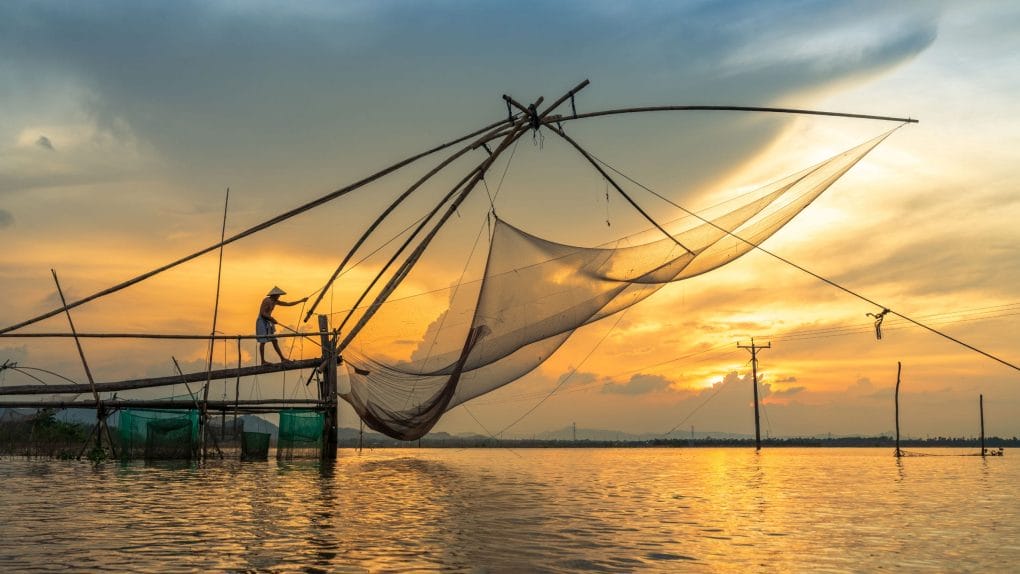
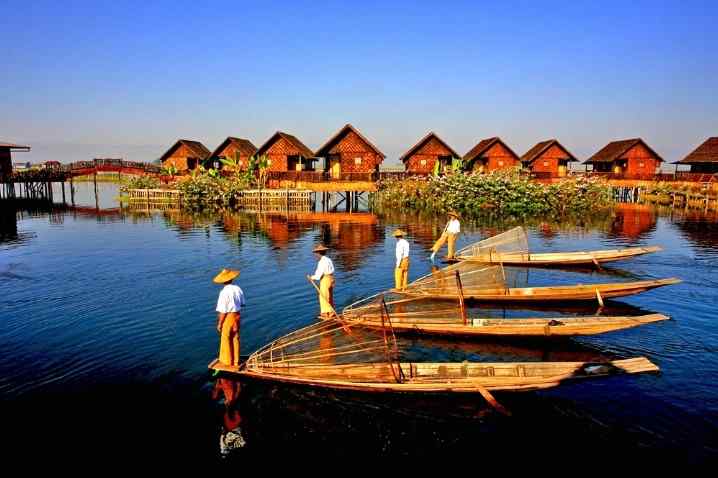


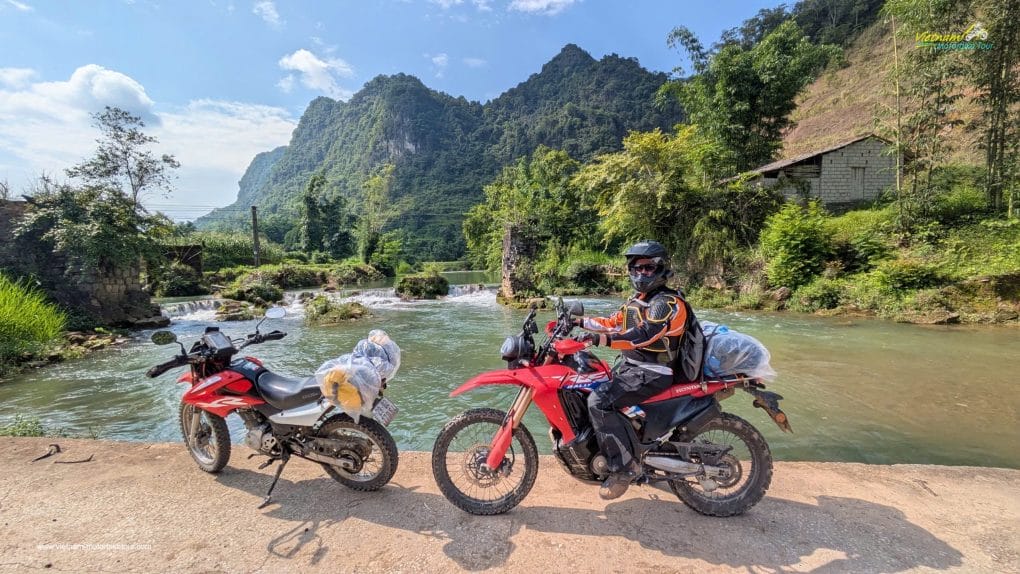


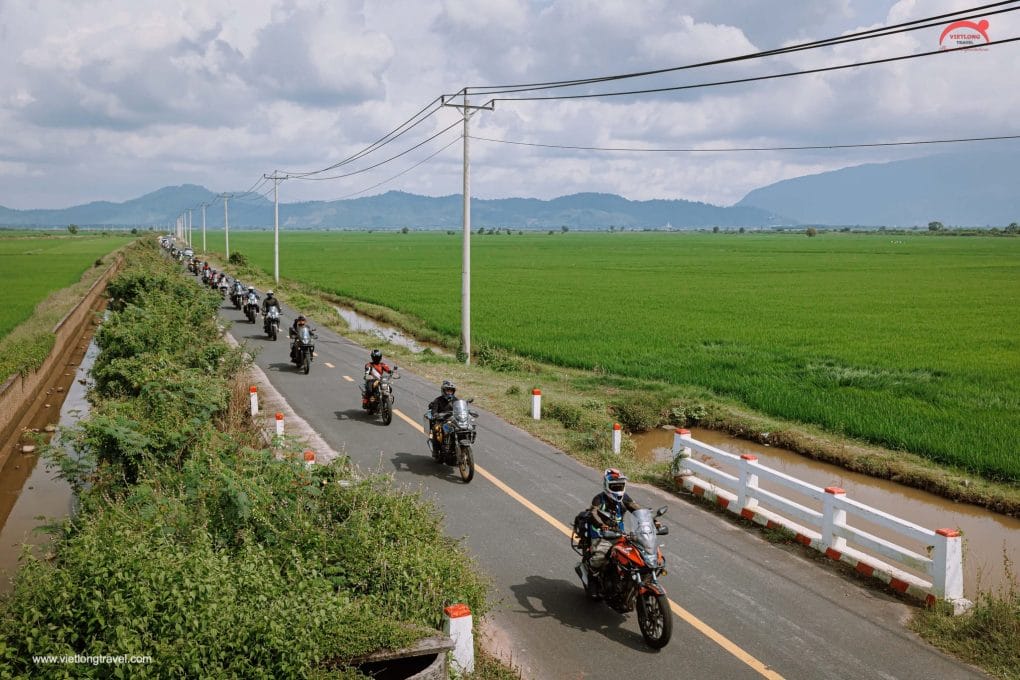
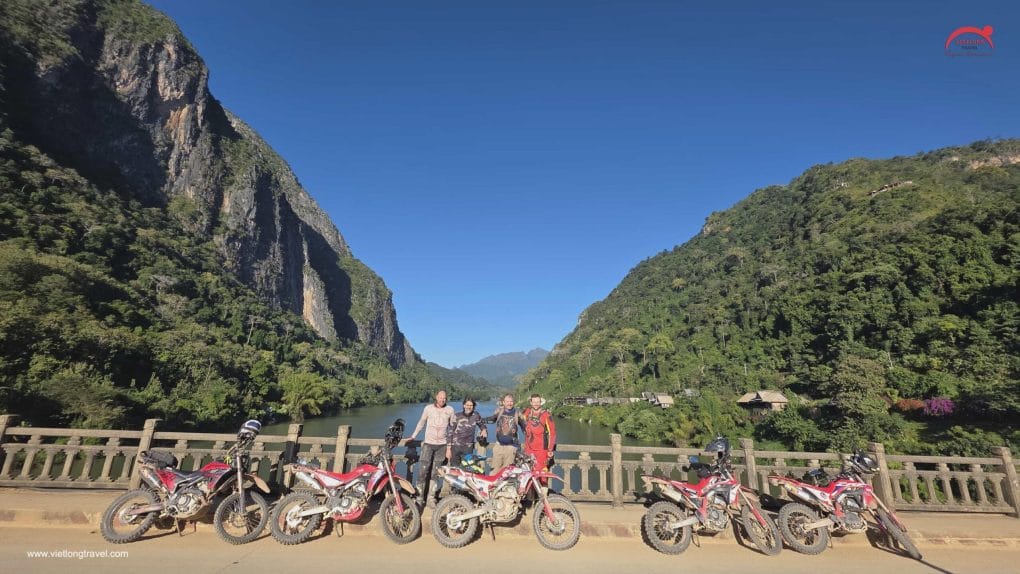
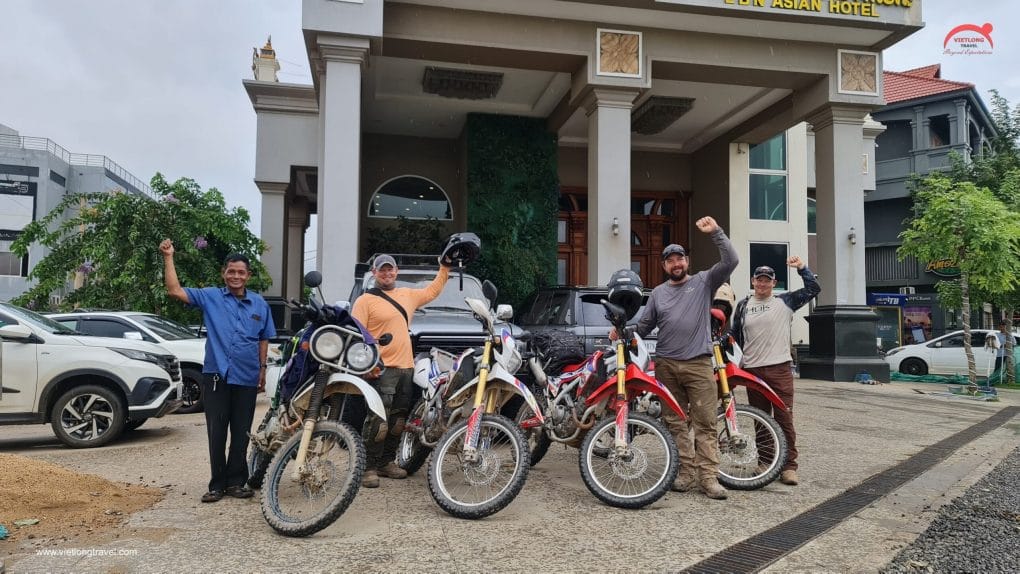
Hello I have a family of four going from Bangkok to Vietlong Vietnam. How much would this ticket cost. I’m looking to return to eight days later.
Tarrus
Travel Dates: December 22-December 30 2016